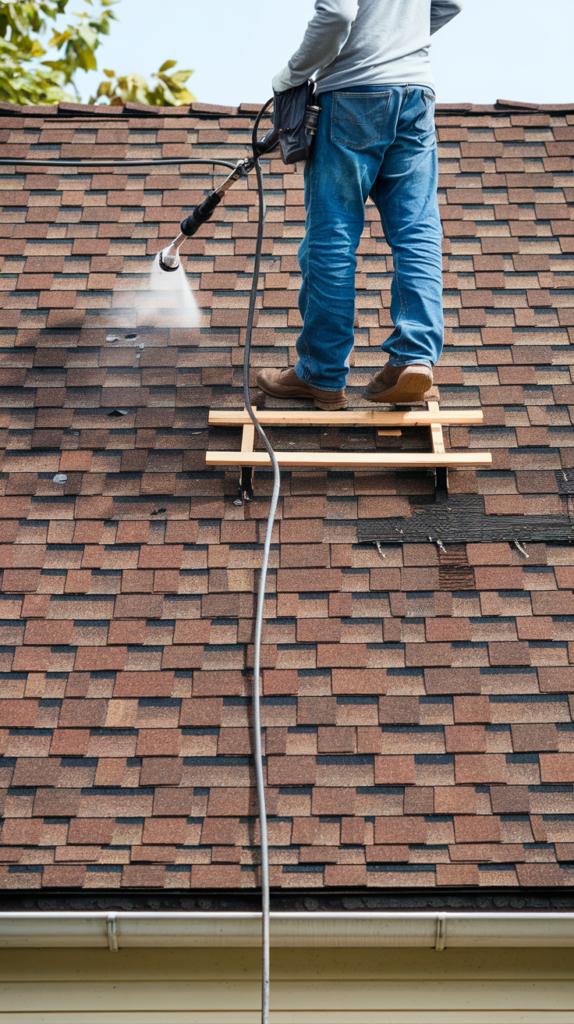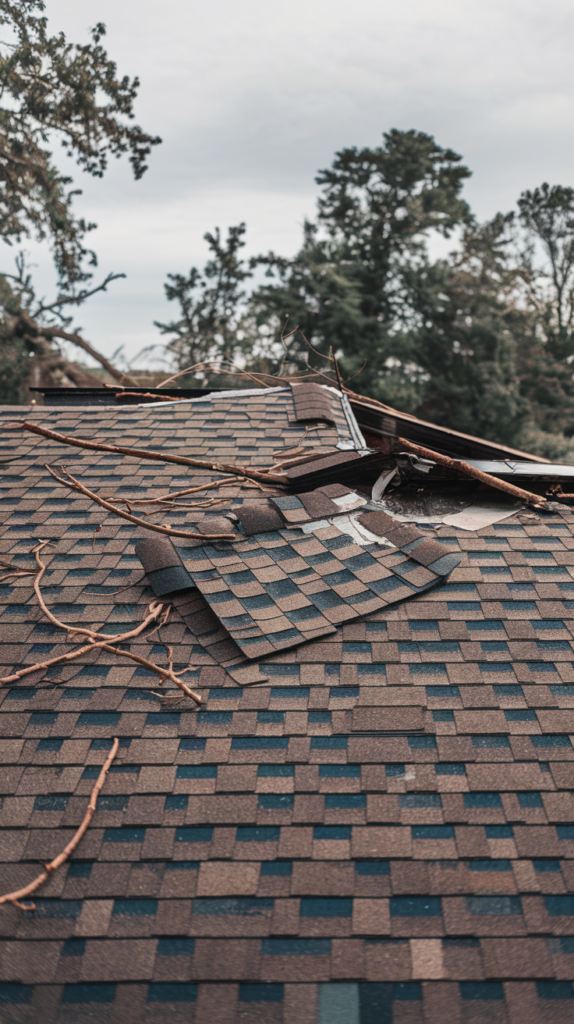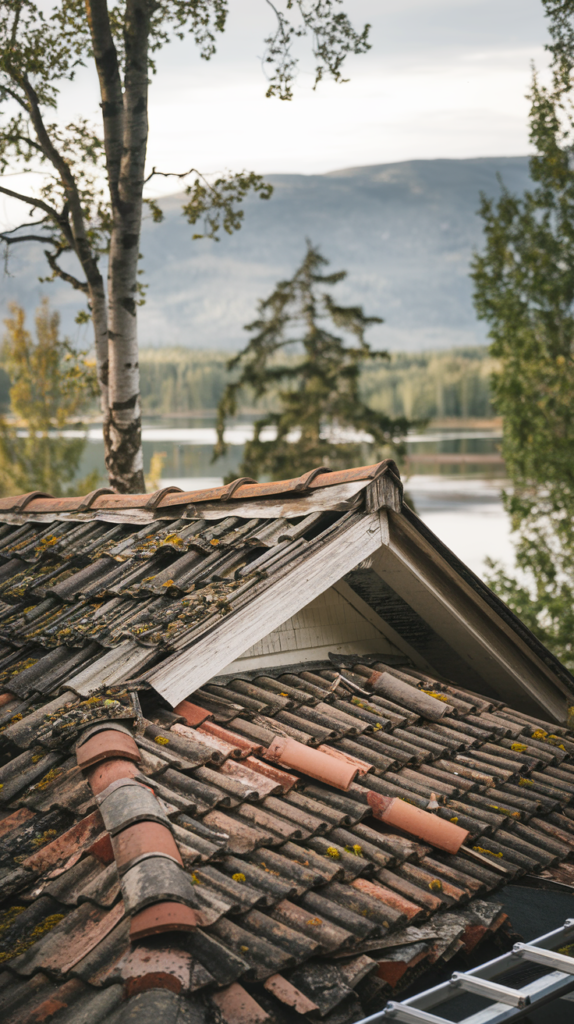7 Common Ways You’re Ruining Your Roof Without Knowing It
Your roof is a vital component of your home’s structure, protecting you from the elements and contributing to your home’s overall aesthetic. However, many homeowners unknowingly engage in practices that can significantly damage their roofs. Below are seven common ways you’re potentially ruining your roof without even realizing it.
1. Neglecting Regular Maintenance
The Importance of Routine Inspections
Regular maintenance is crucial for the longevity of your roof. Failing to conduct inspections can lead to undetected issues like leaks, mold growth, and damage from debris. A simple inspection every six months can save you thousands in repairs.
| Maintenance Task | Frequency | Benefits |
|---|---|---|
| Inspect for debris | Every 6 months | Prevents clogging and water damage |
| Check for shingles damage | Every 6 months | Identifies issues before they worsen |
| Clean gutters | Every 3 months | Ensures proper drainage, reducing leaks |
Seasonal Concerns
Different seasons bring specific challenges. For instance, heavy snowfall can lead to ice dams, while autumn leaves can clog gutters. Being proactive during seasonal changes is essential for maintaining your roof integrity.
2. Ignoring Overhanging Trees
The Hidden Dangers of Trees
Trees can provide shade and aesthetic appeal, but overhanging branches pose significant risks to your roof. Falling limbs during storms or high winds can cause immediate damage, while constant contact with branches can wear down your shingles over time.
| Tree Type | Risk Level | Recommendation |
|---|---|---|
| Deciduous trees | Moderate to High | Trim branches regularly |
| Evergreen trees | Moderate | Maintain distance from roof |
| Fruit trees | High | Remove or trim back to prevent damage |
Pest Infestation
In addition to physical damage, trees can harbor pests that invade your home. Squirrels and raccoons are known to create nests in trees, leading to potential roof access and further damage.
3. Improper Gutter Maintenance
The Role of Gutters
Gutters play a crucial role in directing water away from your roof and foundation. Clogged gutters can cause water to pool on your roof, leading to leaks and structural damage.
| Gutter Issue | Consequence | Solution |
|---|---|---|
| Clogged with debris | Water pooling, ice dams | Clean every 3 months |
| Damaged sections | Water overflow | Repair or replace damaged sections |
| Improper slope | Inefficient drainage | Ensure gutters are properly angled |
Seasonal Cleaning
Regular cleaning, especially after fall, is essential. Remove leaves, twigs, and other debris to maintain proper water flow.
4. DIY Roof Repairs Gone Wrong
The Dangers of Improvisation
While DIY projects can be rewarding, attempting to repair your roof without the necessary expertise can lead to bigger problems. Improperly installed shingles or flashing can result in leaks that may not show until it’s too late.
| Common DIY Mistakes | Potential Issues | Professional Solution |
|---|---|---|
| Using wrong materials | Ineffective repairs | Hire a certified roofer |
| Incorrect installation | Increased risk of leaks | Ensure proper installation techniques |
| Ignoring safety measures | Risk of injury | Follow safety protocols or hire help |
Hiring Professionals
Always consider hiring a professional for major repairs or replacements. They have the experience and tools to ensure that the work is done correctly, protecting your investment.
5. Choosing the Wrong Roofing Materials
The Impact of Material Choices
When it comes to roof design, the materials you choose can significantly affect the lifespan and durability of your roof. Opting for lower-quality materials to save money can lead to frequent repairs and replacements.
| Material Type | Lifespan | Pros | Cons |
|---|---|---|---|
| Asphalt shingles | 15-30 years | Cost-effective, easy to install | Susceptible to wind damage |
| Metal roofing | 40-70 years | Durable, fire-resistant | Higher initial cost |
| Tile or slate | 50-100 years | Aesthetic appeal, long-lasting | Heavier, may require reinforcement |
Energy Efficiency
Consider energy-efficient options, such as green roofs or reflective materials that can reduce heating and cooling costs, leading to savings over time.
6. Neglecting Roof Ventilation
The Role of Ventilation
Proper roof ventilation is crucial for maintaining your roof’s health. Insufficient airflow can lead to heat buildup, causing shingles to warp and leading to premature aging.
| Ventilation Type | Benefits | Common Issues |
|---|---|---|
| Ridge vents | Improves airflow and reduces heat | Blocked vents can trap moisture |
| Soffit vents | Allows cool air to enter | Inadequate installation can hinder efficiency |
| Gable vents | Promotes overall ventilation | Often overlooked, can lead to heat buildup |
Signs of Poor Ventilation
Signs include mold growth, ice dams in winter, and increased energy bills. If you notice these issues, consider improving your roof ventilation system.
7. Overloading Your Roof
Weight Considerations
Many homeowners enjoy creating rooftop gardens or rooftop terraces. However, it’s essential to understand the weight limits of your roof structure. Excessive weight can lead to sagging or even structural failure.
| Rooftop Addition | Weight Consideration | Recommendation |
|---|---|---|
| Rooftop garden | Can add significant weight | Consult a structural engineer |
| Rooftop deck | Needs reinforcement if heavy | Use lightweight materials if possible |
| Roof appliances | Additional weight can cause stress | Ensure proper support before installation |
Planning Before Adding Weight
Before adding any structures, it’s crucial to consult with professionals to assess your roof architecture and ensure it can handle the additional load.



